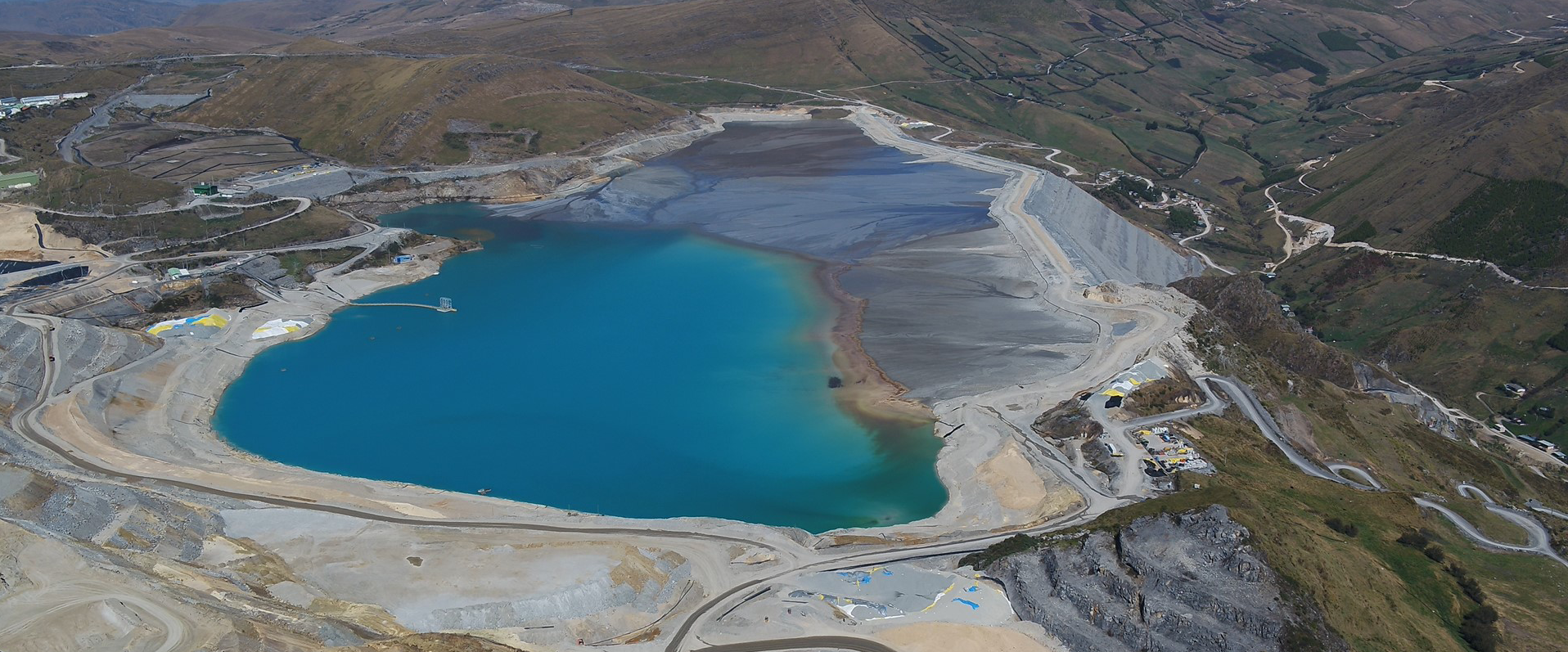SUSTAINABILITY ![]() Governance, standards and guidelines
Governance, standards and guidelines
Golden Mine Projects strongly believes that tailings must be managed appropriately. Our mission and principles drive our ambition to protect human health and safety, the environment, and infrastructure.
Tailings management system creation and execution are critical to successful tailings management governance, one of the cornerstones of safe tailings management, the implementation of best engineering practises, and integrated mining planning.

At Golden Mine Projects, our tailings management plans encompass the creation and continuous updating of various documents and procedures related to tailings management. These updates are carried out in alignment with our corporate policy and cover the following:
Golden Mine Projects is dedicated to an all-encompassing approach to mine planning, a crucial element of ensuring secure tailings management. This comprehensive mine planning approach entails complete coordination of planning activities throughout the entire lifecycle, considering all aspects that can influence the project from its inception, through design, construction, operation, and eventual closure of tailings facilities. These aspects include:
This integrated mine planning approach encompasses the development and periodic updates of the following:
Golden Mine Projects places great importance on assessing performance, which involves the examination of findings from various surveillance activities and reviews, including both internal and independent assessments. These evaluations are conducted to assess:
Furthermore, at Golden Mine Projects, the outcomes and recommendations resulting from performance assessments are methodically documented and presented on a quarterly basis to senior management and the Board. This practice underscores the critical role of assurance in the performance evaluation process.
Golden Mine Projects has developed guidance notes that define the minimum requirements for:
Golden Mine Projects is deeply committed to ensuring the secure, steady, and sustainable functioning of their Tailings Storage Facilities (TSFs). To accomplish this, the Group TSF Management Guideline has been transformed into a Standard. The Group TSF Management Standard establishes the fundamental prerequisites defined by Golden Mine Projects for TSF management.
The primary objective of this Standard is to outline the minimal prerequisites applicable to TSFs at every stage of their life cycle, starting from initial assessments and site selection, extending through design, operation, and post-closure phases.
The Standard is structured around 10 Topics, each encompassing a set of requirements and deliverables. These 10 Topics are designed to enhance risk management, improve TSF performance, ensure alignment with design specifications, and adhere to legal mandates and corporate policies.
This Standard consists of three main parts:
Moreover, Golden Mine Projects' management and Board have implemented a comprehensive Integrated and Combined Assurance process. Concerning TSFs, this process encompasses a mandatory independent review of all TSFs at least every three years. The review encompasses all aspects, including operational, sustainable development, and compliance with legal obligations.